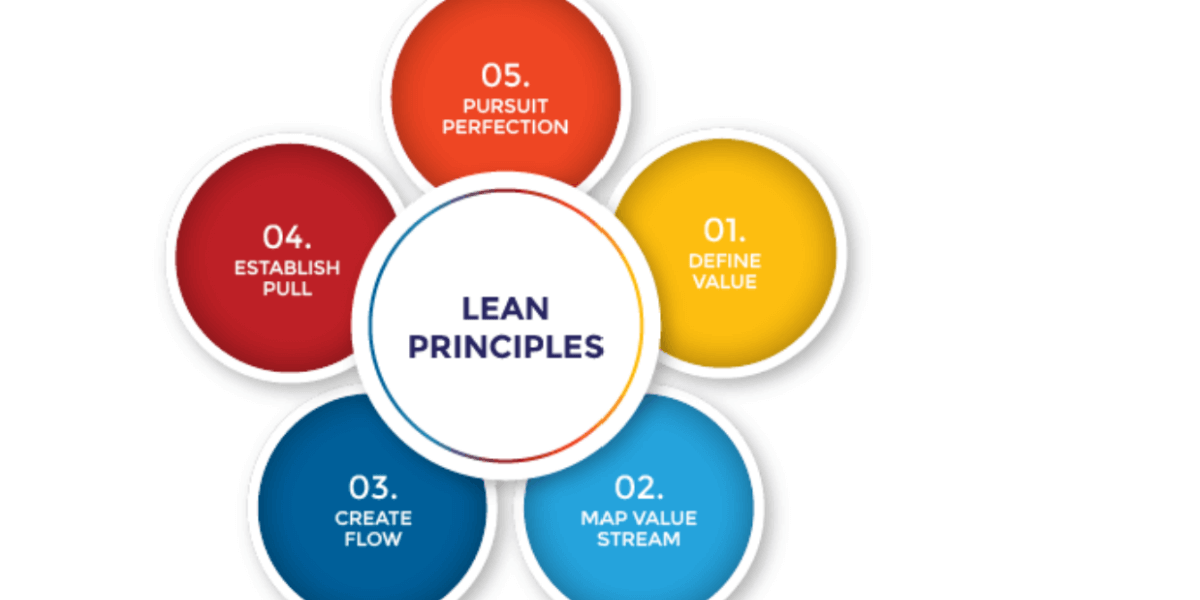Measuring the success of Lean initiatives is crucial to understanding the impact of the changes and identifying areas for further improvement. Here are some strategies for measuring the success of Lean initiatives
Define clear goals and metrics: Before starting a Lean initiative, it’s important to define clear goals and metrics that will be used to measure success. These metrics should be aligned with the organization’s overall strategy and should be communicated to all stakeholders.
Use a balanced scorecard: A balanced scorecard is a tool that helps organizations measure performance across four perspectives: financial, customer, internal processes, and learning and growth. This tool can help organizations measure the impact of Lean initiatives on various aspects of performance.
Track key performance indicators (KPIs): Identify KPIs that are relevant to the Lean initiative and track them over time. KPIs could include metrics such as lead time, cycle time, defect rate, customer satisfaction, and employee engagement.
Conduct regular assessments: Conduct regular assessments of the Lean initiative to evaluate progress and identify areas for improvement. These assessments could include process audits, employee surveys, and customer feedback surveys.
Use statistical process control: Statistical process control (SPC) is a method for monitoring and controlling processes to ensure that they are operating within predetermined limits. SPC can help organizations measure the effectiveness of Lean initiatives by tracking process performance over time.
Monitor customer feedback: Customer feedback is an important indicator of the success of Lean initiatives. Monitor customer feedback through surveys, focus groups, and other methods to determine whether customer satisfaction has improved.
Measure employee engagement: Employee engagement is critical to the success of Lean initiatives. Measure employee engagement through surveys, focus groups, and other methods to determine whether employees are more engaged and motivated.
Evaluate the impact on the bottom line: Lean initiatives should have a positive impact on the bottom line. Evaluate the financial impact of Lean initiatives by tracking metrics such as revenue growth, cost reduction, and return on investment.
Use benchmarking: Benchmarking involves comparing performance with that of other organizations or industry benchmarks. Use benchmarking to evaluate the success of Lean initiatives and identify areas for further improvement.
Celebrate successes and learn from failures: Celebrate successes and learn from failures. Use successes to reinforce the importance of Lean initiatives and use failures as opportunities to identify areas for improvement.





